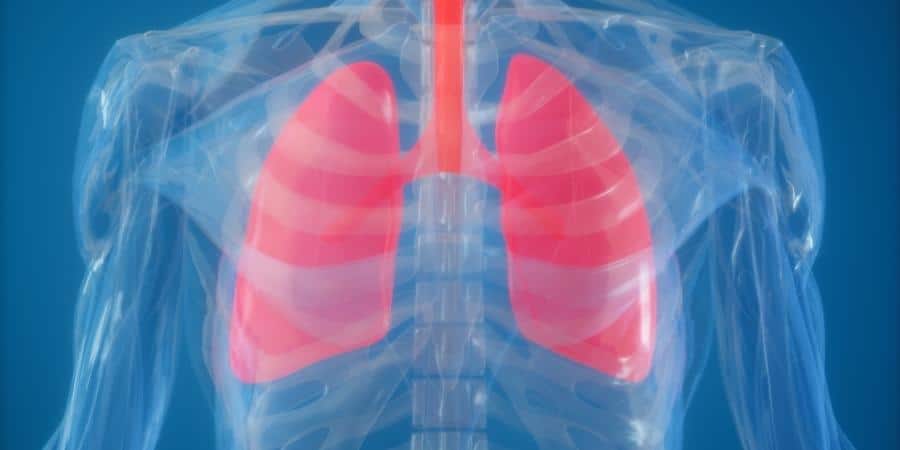Israeli Researchers Explore a Promising Combination Therapy
An average of 12% of lung cancer patients, most of them non-smokers, have a mutation in the EGFR gene that causes the malignancy. EGFR is responsible for conveying growth messages to the cell, which trigger the cell to divide. Usually, this growth cue serves a healthy purpose, such as promoting healing in tissues. But when there is a mutation of the gene’s receptor, it can cause the cell to divide uncontrollably, leading to cancer.
Small molecules known as kinase inhibitors can block the EGFR mutation, thereby preventing EGFR from transmitting a signal for uncontrolled division. Kinase inhibitors work much more effectively than chemotherapy, and they cause fewer side effects. In addition, they can be administered orally instead of by injection. Unfortunately, there is a drawback to this treatment – many of the patients develop a secondary mutation in the EGFR within 10 – 14 months. This new mutation allows EGFR to resist the kinase inhibitor, thereby causing their tumors to relapse.
To combat this problem and block the second mutation, a new kinase inhibitor with the trade name of Tagrisso was approved for clinical use in cases where the lung tumor started to grow again. Tagrisso helps, yet not for extended periods. Within 10 -14 months, a third mutation in the EGFR gene frequently appears, leading to another relapse of the tumor.
“This, of course, is a nightmare for the patients, their families, and the doctors,” says Prof. Yosef Yarden of the Biological Regulation Department at the Weizmann Institute of Science. “We’ve now developed a new approach that works in mice and may help relieve this frustrating situation – if our method proves to work in humans.”
Physicians from Sheba Medical Center are collaborating with Prof. Yarden’s team on laboratory trials of the combination therapy. They implanted mice with human lung cancer cells and then administered both Tagrisso and Erbitux, a drug that blocks EGFR on the cell surface and prevents it from receiving the growth message. At first, this method proved unsuccessful, likely because when the EGFR was blocked on the surface, it responded by prompting a different receptor (HER2) to pop up instead. So the scientists modified the study and added a third drug called Herceptin, which blocks HER2. This triple combination therapy worked.
When mice were given the triple drug combination, their tumors shrunk significantly and did not regrow. The application of this combined therapy in treating humans should be facilitated by the fact that Erbitux is already approved for use against colorectal cancer, and Herceptin is already approved for use against breast cancer. “If confirmed in humans,” says Prof. Yarden, “the new combination therapy may help extend the lives of thousands of lung cancer patients who currently develop resistance to kinase inhibitors.”
The research team included Dr. Donatella Romaniello, Luigi Mazzeo, Dr. Maicol Mancini, Dr. Ilaria Marrocco, Ashish Noronha, Matthew Kreitman, Dr. Swati Srivastava, Dr. Soma Ghosh, and Dr. Moshit Lindzen from the Biological Regulation Department, and Dr. Tomer Meir Salame of the Life Sciences Core Facilities Department. The Weizmann scientists collaborated with Drs. Amir Onn and Yair Bar, physicians at Sheba Medical Center.




